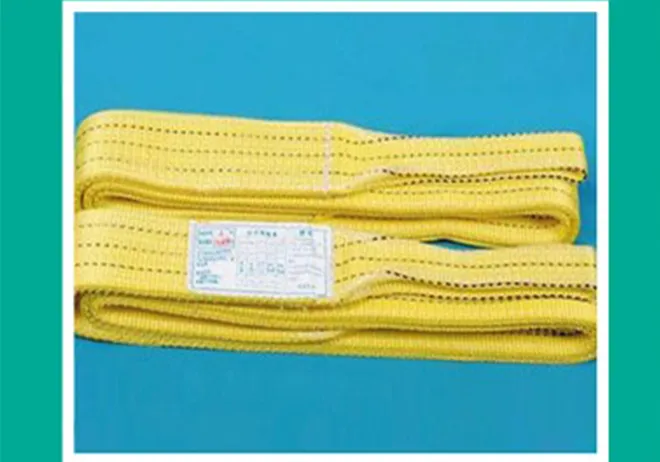Exploring the Features and Benefits of Industrial Lockstitch Sewing Machines for Efficient Production
The Industrial Lockstitch Machine A Cornerstone of Modern Textiles
In the rapidly evolving world of textile manufacturing, the industrial lockstitch machine stands as a quintessential piece of equipment that has revolutionized the way fabric is joined. Since its inception in the 19th century, the lockstitch sewing machine has undergone significant advancements, maintaining its relevance in today’s fast-paced industrial environment. This article will explore the history, functioning, and relevance of the industrial lockstitch machine in contemporary textile production.
Historical Overview
The industrial lockstitch machine first emerged in the early 1800s, marking a departure from hand-sewing methods that were labor-intensive and time-consuming. The first successful designs were credited to Elias Howe and Isaac Merritt Singer, whose innovations made sewing faster and more efficient. By the late 19th century, lockstitch machines had become a standard in garment factories, enabling mass production of clothing and textiles. The introduction of the lockstitch, characterized by its single thread creating a loop and interlocking with a bobbin thread, provided a strong and durable seam, making it particularly suitable for heavier fabrics.
Mechanism of the Lockstitch Machine
The functioning of the industrial lockstitch machine is a fascinating blend of engineering and design. At its core, the machine utilizes two threads the upper thread, guided through a needle, and the lower thread, stored on a bobbin. The sewing process begins when the needle pierces the fabric, pulling the upper thread through the material to form a loop. The hook mechanism then catches the loop and intertwines it with the lower bobbin thread, thus creating a locked stitch. This method offers tight seam integrity, making it ideal for various types of sewing applications, including the production of garments, upholstery, and other textile products.
Modern versions of the lockstitch machine have integrated advanced technology, such as programmable controls, automatic thread trimming, and enhanced speed capabilities. These innovations have further increased efficiency, allowing factories to produce a greater volume of products within shorter time frames.
Benefits of the Lockstitch Machine
industrial lockstitch machine

The industrial lockstitch machine presents numerous advantages that contribute to its enduring popularity in the textile industry. One of its primary benefits is the strength and durability of the seams it produces. Lockstitch seams resist unraveling, which is crucial for the longevity of products. Additionally, the versatility of this machine enables it to sew a wide variety of fabrics, from lightweight materials to heavier textiles like denim and canvas.
Furthermore, the lockstitch machine is relatively easy to operate, making it accessible even for novice users. With proper training, workers can quickly become proficient in the use of this machinery, enhancing productivity in factories. The machine’s ability to produce consistent and high-quality stitches significantly reduces the likelihood of errors, which can lead to material waste and increased production costs.
The Role in Contemporary Industrial Context
In the contemporary textile industry, the industrial lockstitch machine continues to play a pivotal role. Despite the emergence of alternative sewing technologies, such as the chain stitch and overlock sewing machines, the lockstitch remains a primary choice for many manufacturers due to its reliability and ease of use. With the global demand for fast fashion and quick turnaround times, the lockstitch machine meets the challenge by enable mass production while ensuring quality.
Moreover, as sustainability and ethical production practices are gaining momentum, the lockstitch machine supports these values by minimizing resource waste through its efficient stitching processes. Manufacturers are increasingly focused on producing durable products that last longer, consequently reducing the frequency of purchases and waste.
Conclusion
The industrial lockstitch machine is more than just a piece of equipment; it is a fundamental element that has shaped the textile landscape for over a century. Its unique mechanism and impressive adaptability continue to meet the demands of diverse manufacturing needs, making it an indispensable tool in today’s rapid production environments. As the textile industry continues to evolve, the lockstitch machine stands ready to adapt, ensuring its relevance in the fabric of modern manufacturing.
-
Industrial Cylinder Arm Sewing Machine: Revolutionizing Heavy-Duty SewingNewsJul.28,2025
-
Cylinder Arm Sewing Machine: Perfect for Special Sewing ApplicationsNewsJul.28,2025
-
Cylinder Bed Sewing Machine: Essential for Sewing Complex MaterialsNewsJul.28,2025
-
Heavy Duty Sewing Machine: The Essential Tool for Industrial ApplicationsNewsJul.28,2025
-
Computerized Pattern Sewing Machine: Revolutionizing Precision StitchingNewsJul.28,2025
-
Heavy Duty Industrial Sewing Machine: Power Meets PrecisionNewsJul.28,2025
-
Leather Sewing Machine: The Industrial Standard for Tough MaterialsNewsJul.18,2025





























